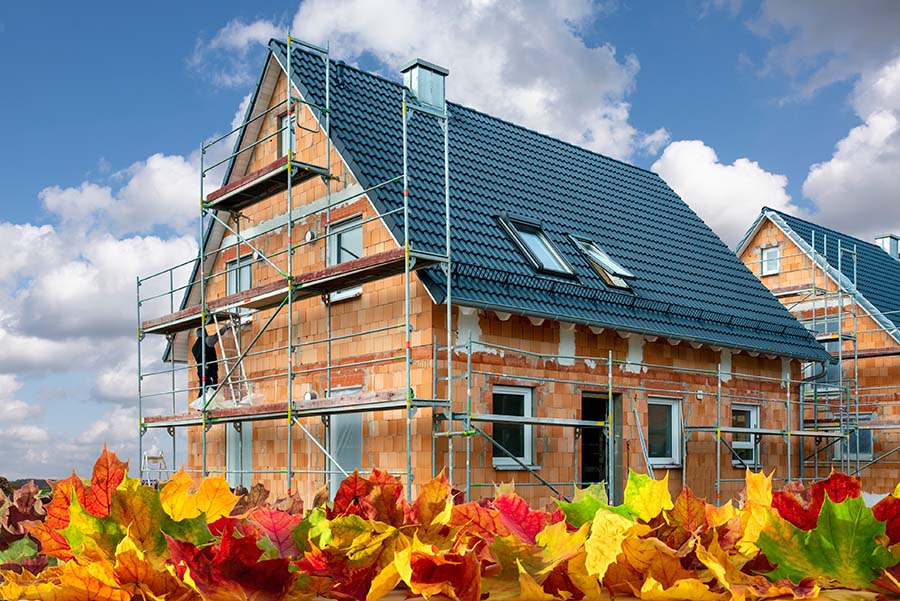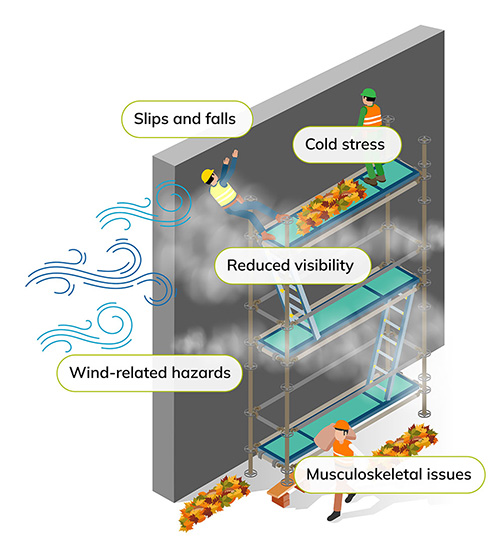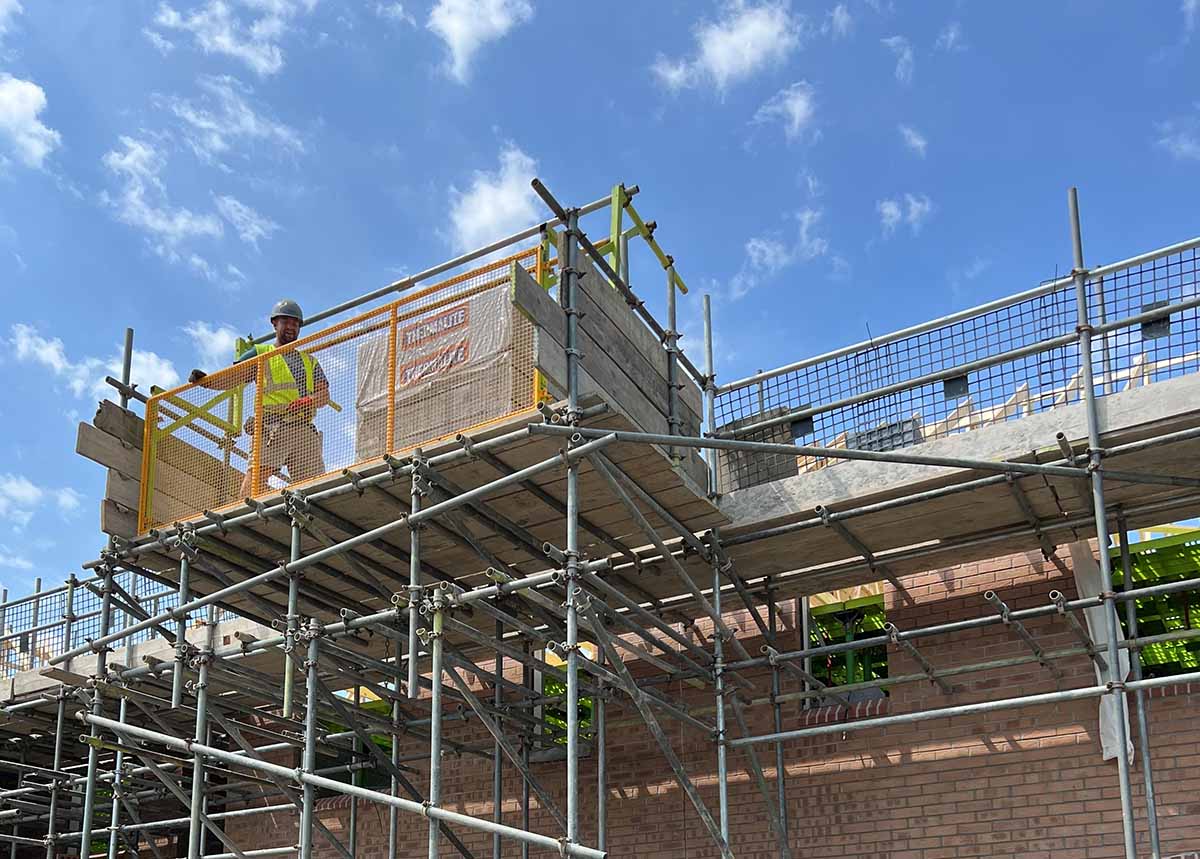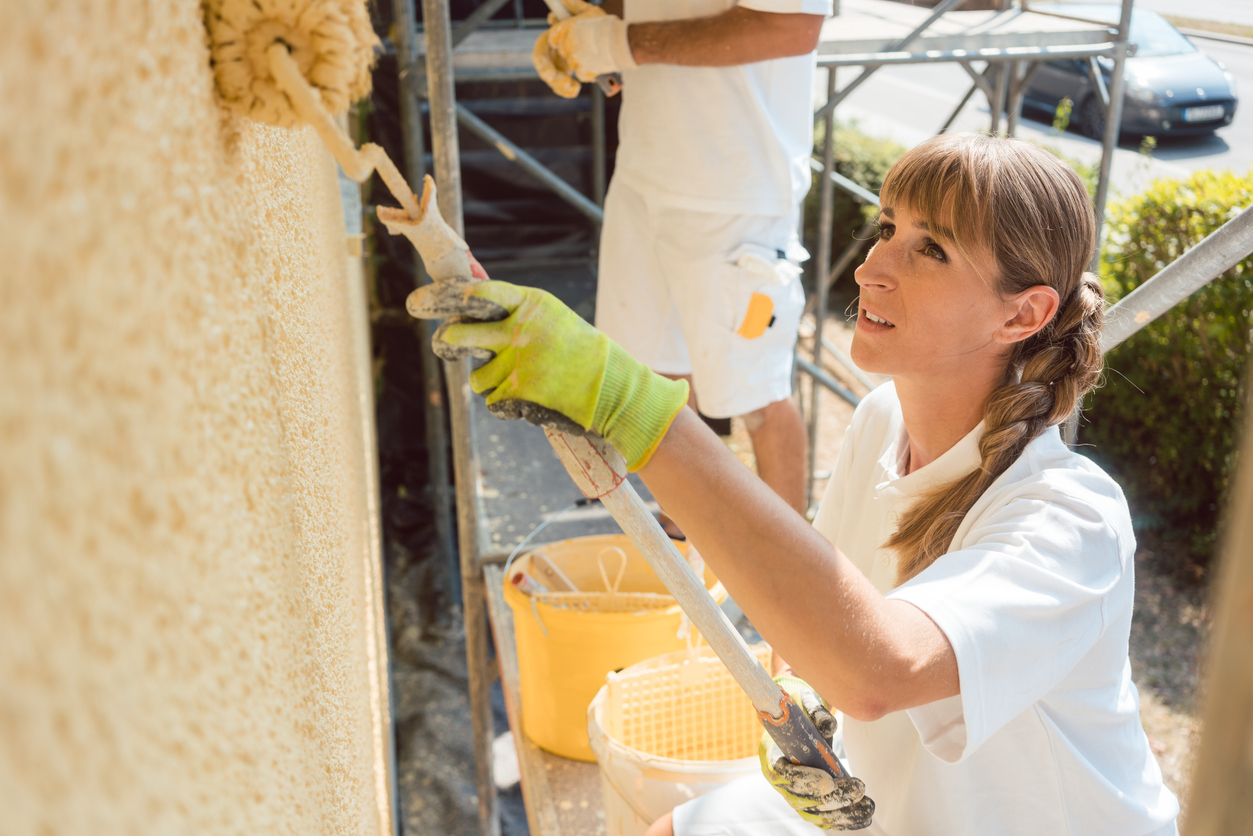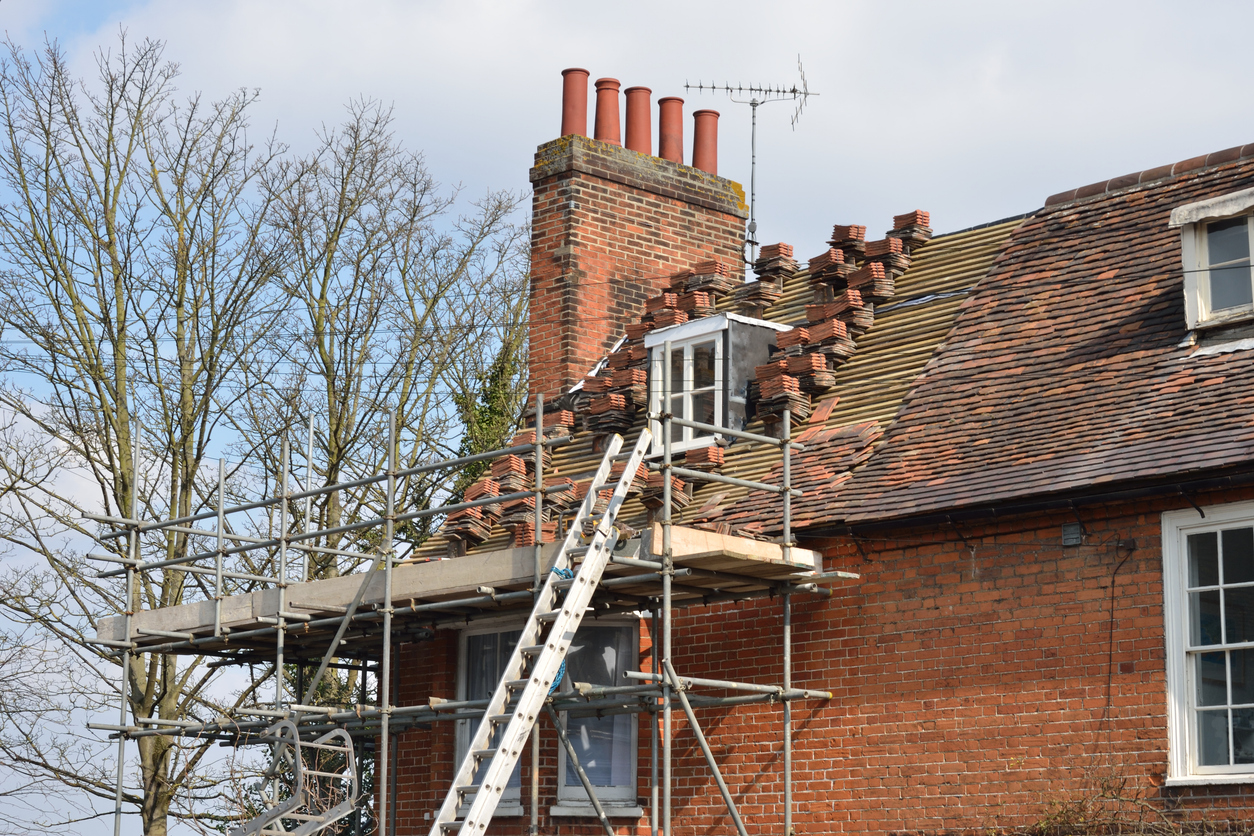As the winter chill settles over Yorkshire, many businesses might be tempted to put their construction and renovation projects on hold. However, savvy facilities managers and business owners know that the off-season can be an ideal time for certain types of projects, especially when supported by professional commercial scaffolding.
At Elite Scaffolding, we’ve seen firsthand how winter construction can offer unique advantages. Let’s explore some projects that can benefit from our expert scaffolding solutions during the colder months.
Why Consider Winter Construction?
Before diving into specific projects, it’s worth understanding why winter can be an opportune time for construction:
- Less disruption to regular business operations
- Potentially lower costs due to off-season rates
- Easier scheduling with contractors who may be less busy
- Completion of projects before the spring rush
With the right planning and support from commercial scaffolding experts, these advantages can outweigh the challenges posed by colder weather.
Top Winter Construction Projects
1. Interior Renovations and Remodels
While the weather outside might be frightful, interior work can be delightful – and productive.
Benefits of Winter Interior Work:
- Climate-controlled environment
- Minimal impact from weather conditions
- Opportunity to refresh spaces before peak seasons
How Commercial Scaffolding Helps:
- Provides safe access to high ceilings and hard-to-reach areas
- Enables efficient movement of materials and workers
- Supports heavy equipment for major structural changes
2. Roof Repairs and Maintenance
Winter can be harsh on roofs, making this season an excellent time for inspections and repairs.
Why Tackle Roofing in Winter:
- Identify and fix issues before spring rains
- Prevent small problems from becoming major leaks
- Take advantage of potentially clearer visibility of problem areas
Commercial Scaffolding for Roofing Projects:
- Offers stable platforms for workers at various heights
- Provides safety barriers against winter winds
- Allows for the setup of temporary roofing for ongoing work
3. Exterior Painting and Weather-proofing
Contrary to popular belief, certain exterior painting and weather-proofing can be done in winter, with the right conditions and materials.
Advantages of Winter Exterior Work:
- Less dust and debris in the air
- Quicker drying times in low humidity
- Reduced interference with landscaping
Leveraging Commercial Scaffolding:
- Enables precise access to all parts of the building exterior
- Supports the use of weather protection systems
- Facilitates the application of specialised cold-weather products
4. Energy Efficiency Upgrades
With energy costs often peaking in winter, it’s an ideal time to implement efficiency upgrades.
Winter Energy Projects to Consider:
- Installing new windows and doors
- Adding or upgrading insulation
- Implementing smart HVAC systems
How Scaffolding Enhances Efficiency Projects:
- Allows for careful removal and installation of large window units
- Provides platforms for adding external insulation or cladding
- Supports the installation of rooftop HVAC equipment
5. Structural Repairs and Reinforcements
Winter can expose structural weaknesses, making it a good time for repairs and reinforcements.
Benefits of Winter Structural Work:
- Address issues revealed by cold weather stress
- Prepare buildings for spring thaws and potential water damage
- Take advantage of reduced occupancy in some commercial spaces
The Role of Commercial Scaffolding:
- Offers adaptable support for various structural repair needs
- Provides safe access to compromised areas of the building
- Enables the careful movement of heavy materials and equipment
Maximising Safety and Efficiency with Professional Commercial Scaffolding
Regardless of the winter project you choose, professional commercial scaffolding is crucial for safety and efficiency. Here’s why Elite Scaffolding should be your partner for winter construction:
- Expert Design: Our team creates custom scaffolding solutions tailored to your specific project needs and winter conditions.
- Weather-Ready Equipment: We use high-quality materials designed to withstand Yorkshire’s winter weather.
- Safety First: Our scaffolding meets and exceeds all safety standards, with additional measures for winter-specific risks.
- Efficiency Boosters: Our setups are designed to maximize worker productivity, even in cold conditions.
- Flexible Solutions: We can adapt our scaffolding as your project evolves, ensuring you always have the support you need.
Planning Your Winter Construction Project
To make the most of your winter construction plans:
- Start Early: Begin planning well in advance to secure contractors and materials.
- Consider Weather Patterns: Work with local climate data to choose the best timing for your project.
- Prepare for Contingencies: Have plans in place for severe weather delays.
- Prioritise Safety: Ensure all workers are trained for winter conditions and have appropriate gear.
- Partner with Experts: Choose experienced professionals like Elite Scaffolding who understand the unique challenges of winter construction.
Ready to elevate your winter construction plans?
Winter construction projects, when properly planned and supported by professional commercial scaffolding, can offer significant benefits to businesses. From interior renovations to structural repairs, the off-season presents opportunities to improve your facilities with minimal disruption to your operations.
At Elite Scaffolding, we’re committed to helping Yorkshire businesses make the most of every season. Our expert commercial scaffolding solutions are designed to enhance safety, efficiency, and success in your winter construction projects.
Contact us today on 01423 789 312 for a free consultation, or fill out the form below, and let’s work together to transform the winter months into a season of productivity and improvement for your business.
